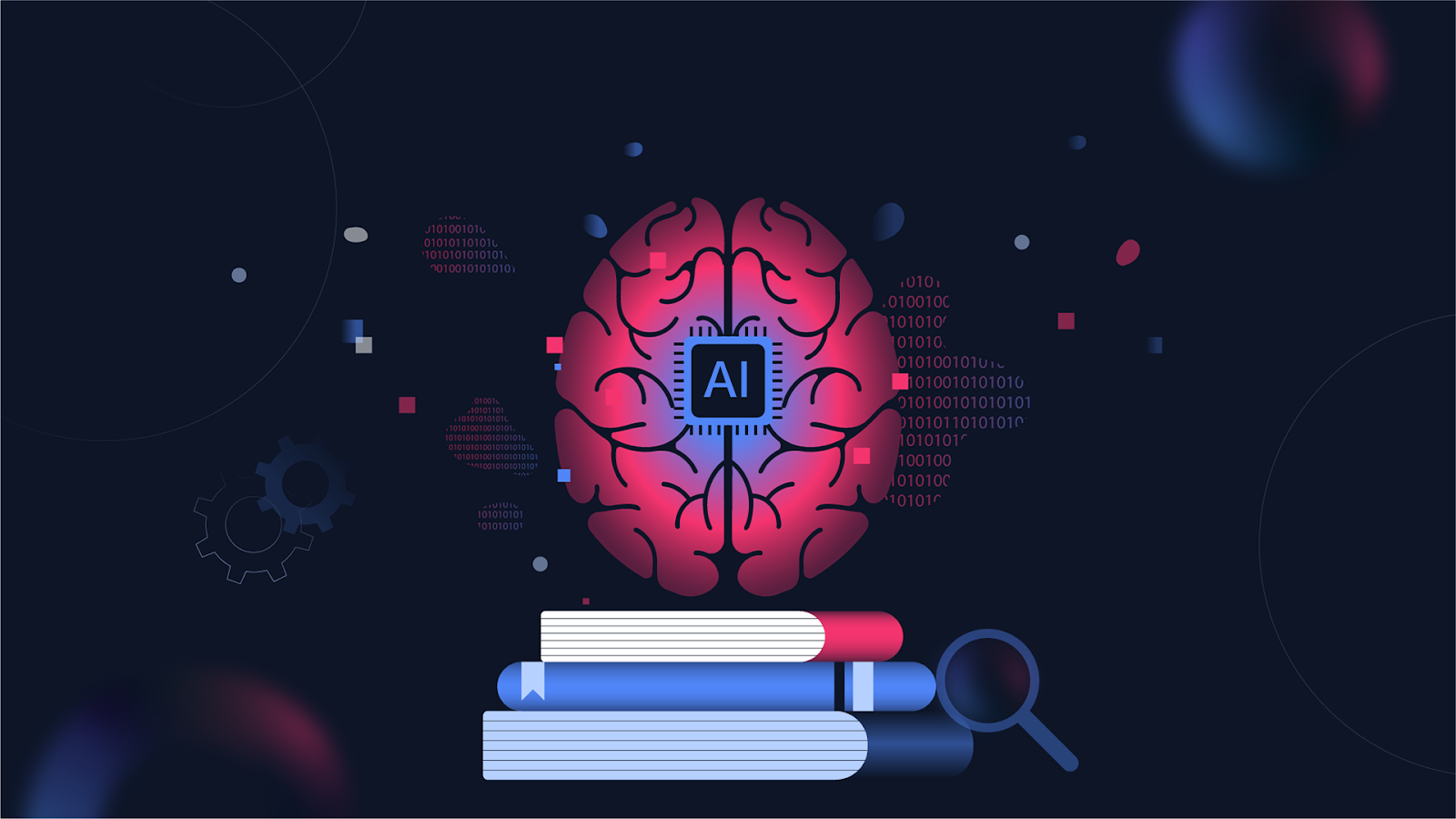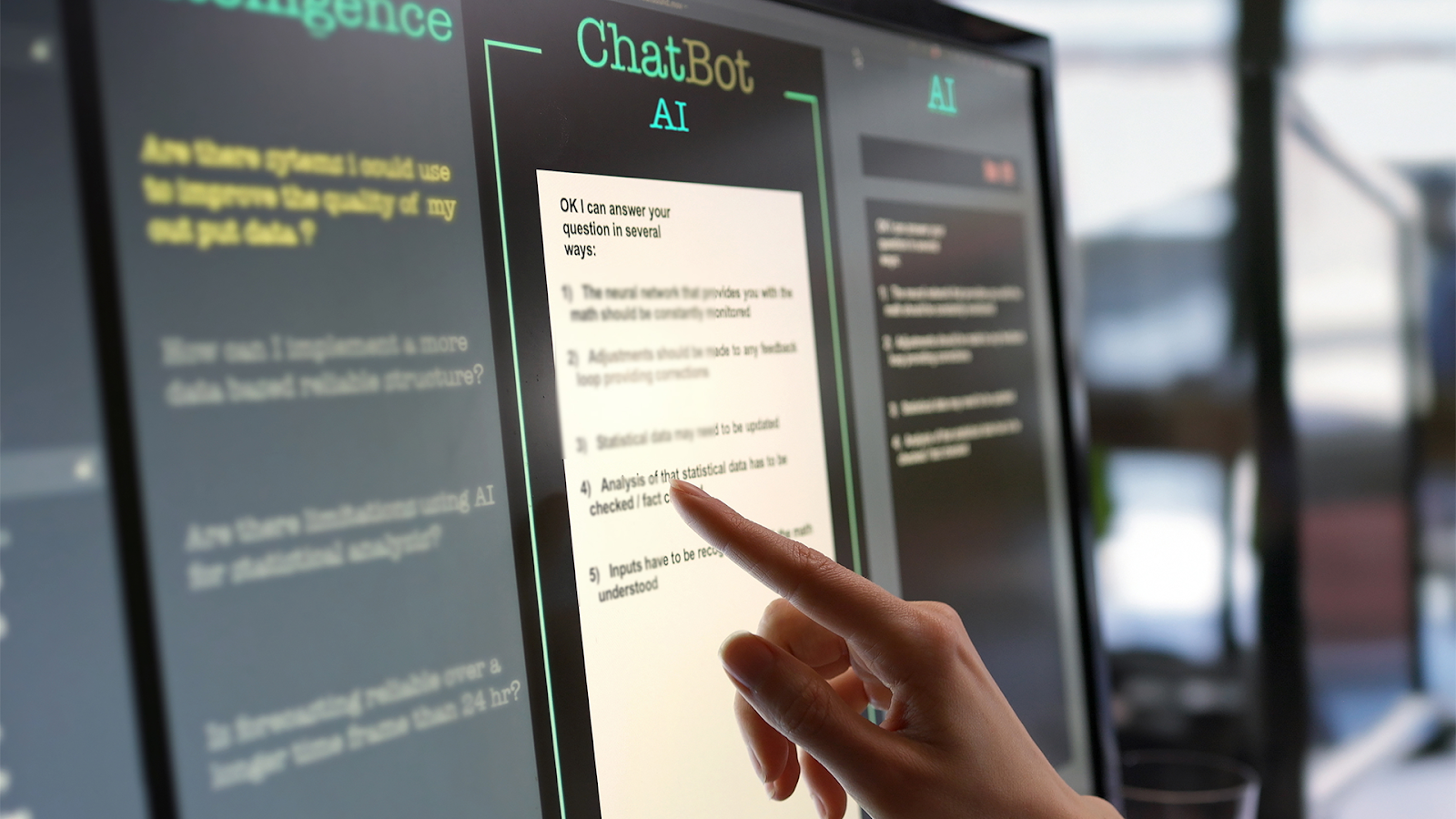Students now have access to sophisticated and easy content generation methods that can complete assignments in minutes, thanks to, but also no thanks to, AI-driven writing tools like ChatGPT. While this technology has its merits, it also raises concerns about academic integrity.
As an educator, you may wonder: How can I tell if an assignment was written by AI? Well, professors must adapt to identify AI-generated content by balancing the use of technology with traditional assessment methods.
This comprehensive guide will equip you with the knowledge and tools to detect AI-written work effectively. By the end you will discover the best techniques on how to detect AI generated text and gain insights into the latest AI detection software.
Understanding AI-Generated Content in Academia
AI-generated assignments are created using advanced language models trained on vast datasets, allowing them to predict and generate text that mimics human writing. These assignments might look polished on the surface, but beneath the well-structured sentences, something crucial is often missing—critical thinking, personal insight, emotional connection and genuine engagement.
Here’s where things get tricky: generative AI tools can now make it incredibly easy for students to produce high-quality essays with minimal effort. While this technology has its benefits, it also presents a serious challenge to academic integrity.
But AI-generated text often exhibits:
- Uniform writing style throughout that lacks student individuality.
- Lack of personal anecdotes or unique insights.
- Overly formal or generic language without original analysis.
- Excessively polished grammar with unnatural sentence flow.
Read the key-signs key signs that an assignment may be AI-Generated here
Challenges Professors Face in Detecting AI-Generated Assignments
The impact of AI in higher education on assignments is profound, making it essential to have reliable methods of AI detection for professors. Here are the key challenges:
Lack of Transparency in AI Detection Tools
Many AI detection tools operate as ‘black boxes’, providing only a numerical score without revealing their methodology. This opacity can leave professors uncertain about the reliability of these academic integrity tools, especially when faced with borderline cases.
Difficulty in Following Specific Instructions
AI-generated assignments often struggle to adhere to precise instructions or incorporate specific references. This inconsistency can be a telltale sign, but it also requires professors to scrutinize submissions more closely, increasing their workload.
False Flagging of Non-Native English Writers
A significant challenge in AI-generated content detection is the potential for false positives. AI detection tools may erroneously flag the work of English language learners as AI-generated due to unique phrasing or grammatical structures. This raises concerns about fairness and necessitates a nuanced approach to AI-generated plagiarism detection.
How does AI impact academic writing? Learn more about AI-generated text and its implications in education. Read the full article

Key Signs That an Assignment May Be AI-Generated
Professors can look out for several telltale signs that may indicate an assignment is AI-generated:
Lack of Critical Thinking and Personal Touch
AI-generated texts often lack the depth of critical analysis and personal insights that human students typically provide. Watch for:
- Overuse of generic phrasing and superficial arguments.
- Absence of personal experiences, opinions or unique perspectives.
- Missing references to class discussions or course materials.
Inconsistent Writing Style
Compare the assignment with the student’s previous work. AI-generated content may exhibit:
- Sudden improvements in grammar and vocabulary
- Unnatural sentence structures or overly formal language
- Inconsistencies in tone or writing style throughout the piece
Unusual Errors and Outdated Information
AI models can sometimes produce factual errors or reference outdated information. Be alert to:
- Odd mistakes that a human student wouldn’t typically make
- References to outdated sources or events
- Inconsistencies in factual information within the text
Manual Techniques for Detecting AI-Generated Work
While AI detection tools are helpful, human judgment remains invaluable. Here are practical ways to verify originality:
- Reviewing past work helps identify style deviations.
- Engaging students in discussion about their assignments can reveal gaps in understanding.
- Observing a student’s real-time writing can help assess authenticity.
- AI-generated text sometimes includes fabricated or inconsistent citations.
How AI Detection Tools Like AI Purity Help Professors
AI-generated content detection tools like AI Purity are becoming invaluable for educators. These platforms leverage machine learning and natural language processing (NLP) to scan and identify AI-generated content with remarkable accuracy.
AI Purity stands out in all the academic integrity tools by employing advanced algorithms that analyse text patterns, syntax and semantics. This comprehensive approach allows professors to detect AI-generated plagiarism with greater precision than ever before.
When evaluating AI detection for professors, it’s crucial to consider the balance between sensitivity and specificity. AI Purity excels in this regard, minimising false positives whilst maintaining high detection rates. This reliability sets it apart from many other tools in the market.
It is worth mentioning that while AI detection tools are effective, they should complement, not replace, an educator’s expertise.
New to AI detection? Learn how AI Purity works and start identifying AI-generated content with confidence. Read our beginner’s guide

Strategies for Promoting Ethical AI Use in the Classroom
As educators grapple with the challenges in AI-generated content detection, it’s crucial to foster an environment that encourages responsible AI usage. Here are some effective strategies to promote ethical AI and to prevent AI-assisted academic dishonesty amongst the students.
Educate on AI’s Impact and Limitations
- Begin by discussing AI in higher education and its impact on assignments.
- Help students understand the capabilities and limitations of AI tools.
- Emphasise that while AI can be a valuable resource, it shouldn’t replace critical thinking or original work.
Implement Clear Guidelines
- Establish and communicate clear guidelines on acceptable AI use in coursework.
- Define what constitutes AI-generated plagiarism and outline the consequences. This clarity helps students navigate the ethical boundaries of AI assistance.
Encourage Transparency
Create an atmosphere where students feel comfortable disclosing their use of AI tools. This openness allows for constructive discussions about appropriate AI integration in academic work.
Redesign Assignments
Craft assignments that require personal experiences, critical analysis, or hands-on activities that AI can’t easily replicate. This approach naturally discourages over-reliance on AI-generated content.
Utilise Academic Integrity Tools
Familiarise yourself with AI detection software and implement reliable academic integrity tools. These can help identify potential AI-generated work, serving as a deterrent against misuse.

Implementing AI Detection in Educational Institutions
Here’s how to effectively integrate AI detection into your educational framework:
Best Practices for Integration
Incorporating AI detection tools into existing grading systems requires a strategic approach. Begin by selecting a reliable AI-generated plagiarism detection tool that aligns with your institution’s needs. Ensure the chosen solution integrates with your current learning management system to minimise disruption.
Implement a phased rollout, starting with a pilot program in selected departments. This allows for fine-tuning and addressing any challenges before campus-wide implementation. Establish clear guidelines for using the AI detection tools, including when and how they should be applied to student work.
Training Faculty on AI Detection
To address the challenges in AI-generated content detection, comprehensive training is crucial. Develop a structured programme that covers:
- Understanding the capabilities and limitations of AI-generated text
- Recognising common patterns in AI-written assignments
- Hands-on practice with academic integrity tools
- Strategies for discussing AI usage with students
Regular workshops and refresher courses will also help faculty stay current with evolving AI technologies and detection methods, ensuring a robust defence against AI-generated plagiarism.
Not all plagiarism checkers catch AI-generated text. Discover effective ways to detect AI-assisted plagiarism and ensure academic integrity. Explore the guide
Conclusion
As AI technology evolves, so too must our methods for maintaining academic integrity. By implementing the strategies outlined in this guide, you’ll be well-equipped to detect AI-generated assignments and uphold the standards of authentic learning.
Remember, the goal is not to create an adversarial relationship with students, but to foster an environment where critical thinking and original work are valued. Stay informed about emerging AI detection tools, engage in open dialogues with your students and continually refine your assessment methods.
FAQS
What are AI-generated assignments?
AI-generated assignments are essays or research papers created using AI models trained on vast datasets. These tools, like ChatGPT, generate human-like text based on prompts. While AI-written essays in education may appear well-structured, they often lack depth, originality and critical thinking—key aspects of genuine student work.
Why should professors be concerned about AI-generated assignments?
AI detection for professors is now more important than ever. With AI tools making it easy for students to generate assignments effortlessly, academic integrity is at risk. If unchecked, this trend could diminish essential learning skills, making students reliant on technology rather than developing independent thought and analysis.
How can I tell if AI generated a student’s assignment?
Detecting AI-generated content requires a mix of manual review and AI detection tools. Signs include:
- Overly polished, generic writing that lacks personal opinions or depth.
- Inconsistent style compared to previous student submissions.
- Unusual factual errors or outdated references.
- Overuse of perfect grammar and unnatural sentence structures.
- Using AI-generated plagiarism detection tools like AI Purity for Educators can help confirm suspicions while minimizing false positives.
Are AI-generated assignments considered plagiarism?
Yes, AI-generated content falls under AI-assisted academic dishonesty because it misrepresents a student’s independent work. While it may not be traditional copy-paste plagiarism, most universities classify it as a violation of academic integrity policies, similar to ghostwriting.
Can traditional plagiarism checkers detect AI-generated assignments?
Standard plagiarism tools struggle to identify AI-written essays in education because AI generates unique text rather than copying from existing sources. That’s why dedicated AI detection tools for universities, like AI Purity, are essential for maintaining academic fairness.
How does AI Purity help detect AI-generated assignments?
AI Purity uses machine learning and natural language processing (NLP) to scan text for patterns commonly found in AI-generated writing. It evaluates fluency, coherence, and sentence structure to determine if an assignment was AI-written while ensuring ethical AI detection in academia.
